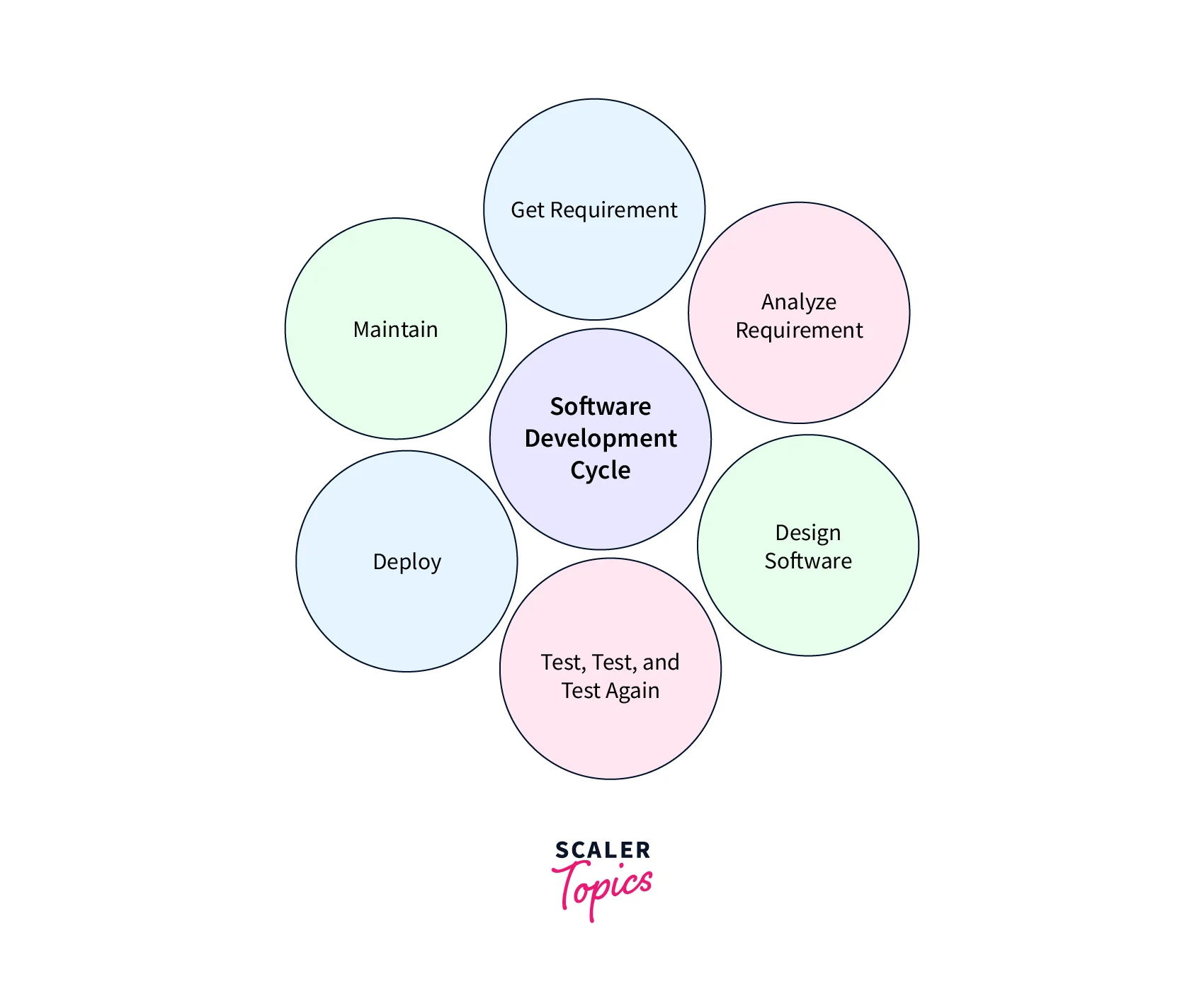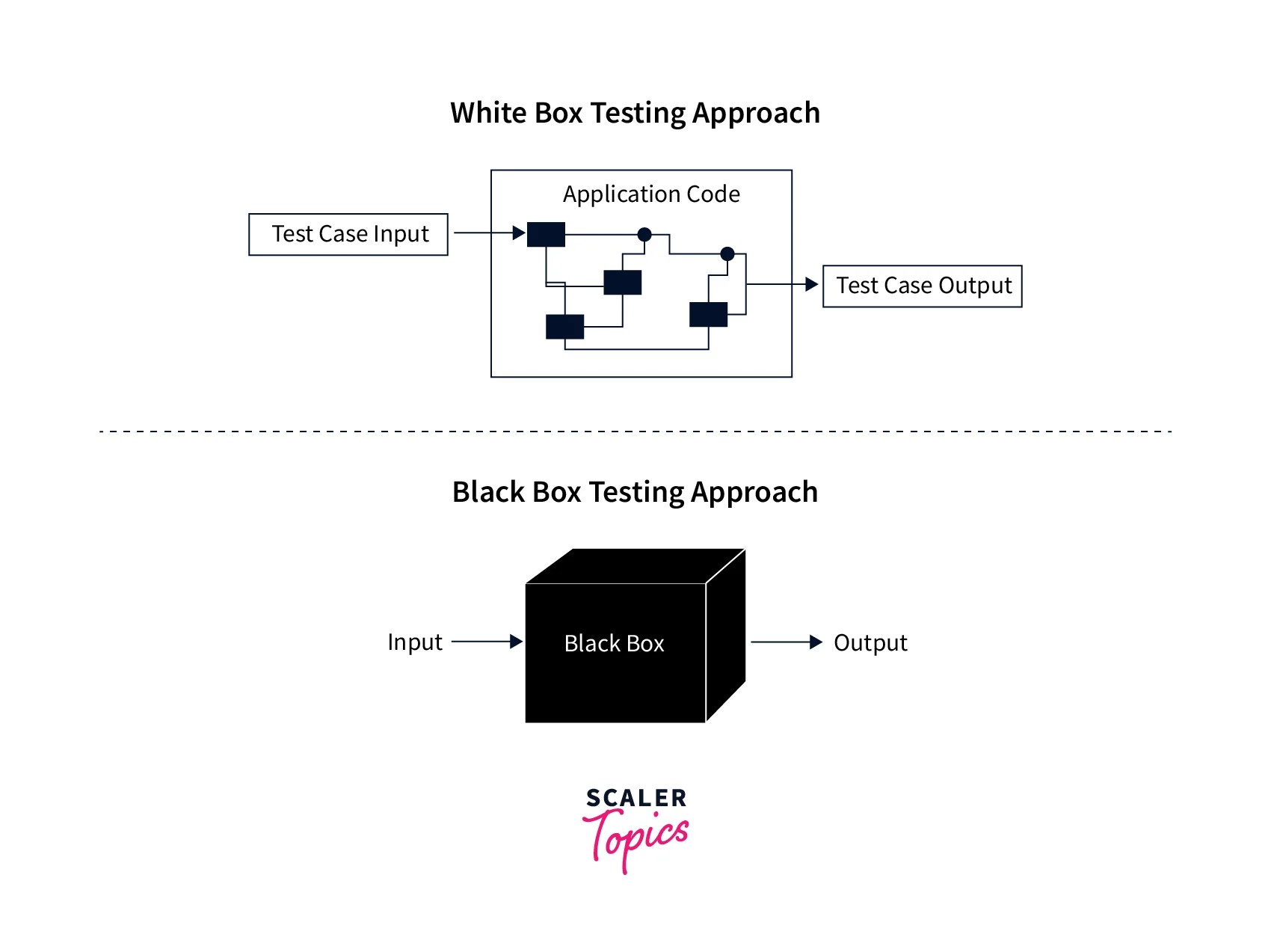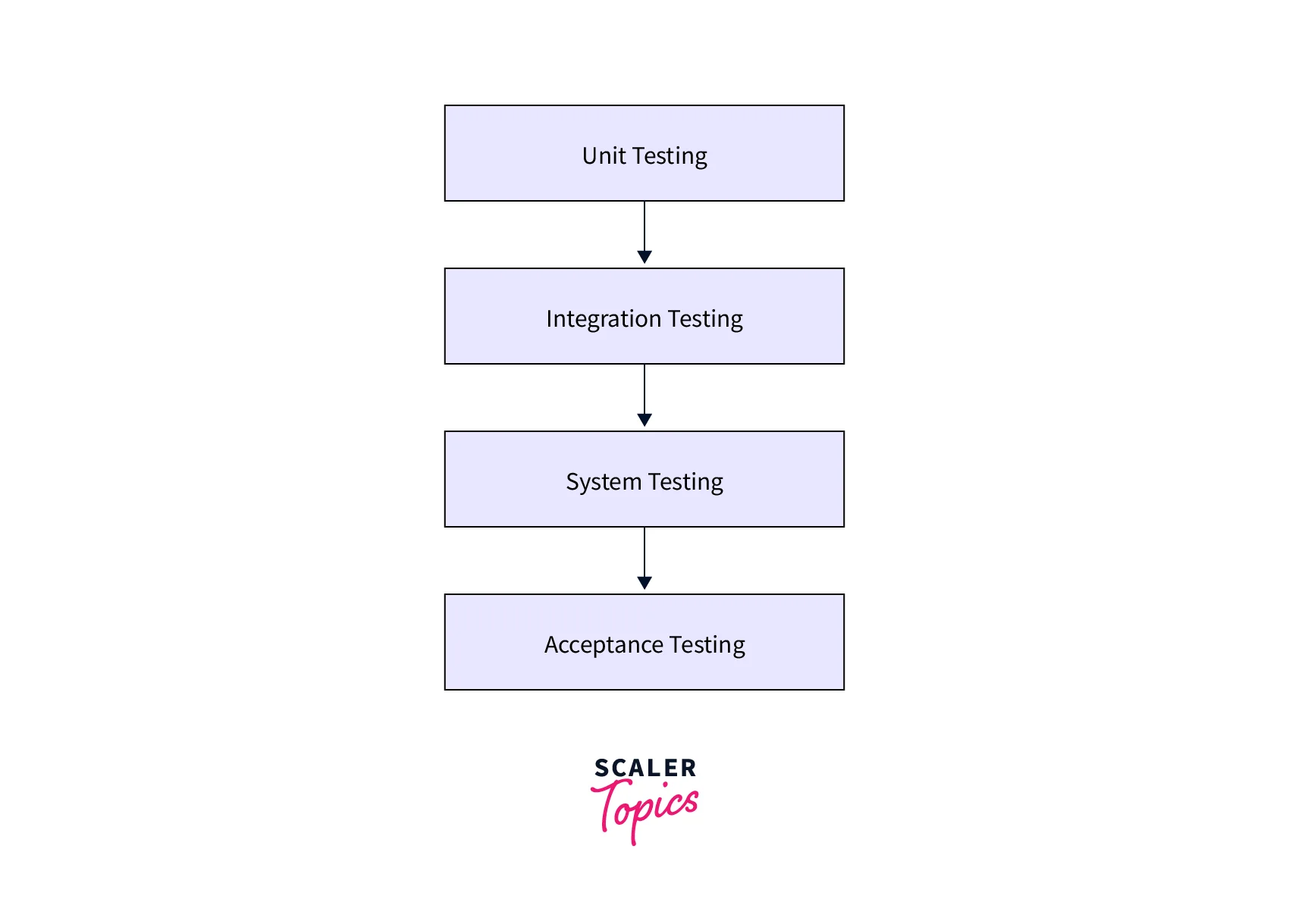Fundamentals of Software Testing
Overview
Let us begin with an introduction to Software Engineering. It is an engineering branch associated with the development of software products using well-defined scientific principles, methods, and procedures. The process of software development comprises six major steps:
- Gathering project/application requirements
- Analysing these needs
- Designing the software
- Testing and debugging
- Deploying
- Maintaining the project

The testing step is arguably the most crucial part of the procedure. Although the testing stage follows the design step (which comprises designing, outlining, and implementing the code) in the cycle, in practice, testing occurs concurrently with code writing.
The fundamentals of software testing involve finding and fixing defects in code. However, a competent testing methodology can provide additional benefits to a project. Benefits include improved project performance, user experience, and security.
What is Software Testing?
Software testing is the process of determining software's accuracy by taking into account all of its properties (reliability, scalability, portability, re-usability, and usability) and analyzing the execution of software components to uncover software bugs, mistakes, or flaws. The fundamentals of software testing entail examining code as well as executing code in multiple contexts and situations. In today's software development scenario, a testing team may be independent of the development team. Software testing aims to find mistakes, gaps, or missing requirements compared to the actual needs.
What are the Steps of Software Testing?
Verification and Validation are two major steps in software testing. These steps implement the fundamentals of software testing.
- In software testing, verification is the process through which your team checks whether the program, system, or framework is consistent and aligned with the documentation requirements.
- Validation is the procedure by which your team verifies the system's accuracy. During this process, you will reflect on the product and the system; and think of what users desire and what has been developed.
Different Types of Software Testing
Manual Testing
Manual testing is the process of checking the functionality of an application in accordance with the needs of the client without using automation technologies. We do not need any specific knowledge of any testing tool to perform manual testing on any application; rather, we need to have a solid understanding of the product so that we can quickly build the test document. In this case, the tester assumes the position of an end-user and tests the software for any unusual behavior or bugs. To ensure the thoroughness of testing, testers employ test plans, test cases, or test scenarios.
Automation Testing
Automation testing is the process of transforming any manual test cases into test scripts with the help of automation technologies or any programming language. We can increase the speed of our test execution with the help of automation testing because no human work is required. We'll need to write test scripts and run them. Automation testing is used to swiftly and repeatedly re-run test scenarios that were previously done manually in manual testing. Aside from regression testing, automated testing is used to test the application in terms of load, performance, and stress. Compared to manual testing, it enhances test coverage, improves accuracy, and saves time and money.
Different Types of Software Testing Techniques
Black Box Testing
The Test Engineer performs the black box testing. The code is not visible while testing, which is why it is referred to as black-box testing. Black box testing is a software testing technique that checks program functionality without delving into its core structure or coding. The primary source of black box testing is a customer-specified requirement specification. In this method, the tester selects a function and provides an input value to examine its functionality, and then determines whether or not the function produces the intended result. If the function returns correct results, it passes testing; otherwise, it fails.
White Box Testing
The developer performs the white box testing and checks every line of code before passing it on to the test engineer. Because the code is accessible to the developer during testing, it is also known as white box testing. The term "white box" refers to the system's internal perspective, i.e., the ability to see through the exterior shell of the software into its inner workings. White box testing focuses on the inner intricacies of an application and is centered on internal structure testing. Programming abilities are required to design test cases in this form of testing.;
Black Box vs White Box Texting

| Black Box Testing | White Box Testing |
|---|---|
| An application's internal workings are not necessary. | Internal workings must be understood. |
| Also known as closed box/data-driven testing. | Also known as structural testing or clear box testing. |
| Performed by end users, testers, and programmers | Typically performed by testers and developers. |
| This can only be accomplished by trial and error. | Data domains and internal bounds can be tested more thoroughly. |
Different Levels of Software Testing

Unit Testing
Individual units/components of a software/system are tested at this stage of the software testing process. The goal is to ensure that each component of the software works as intended.
Integration Testing
Individual units are merged and tested as a group at this stage of the software testing process. The goal of this level of testing is to identify flaws in the interaction of integrated units.
System Testing
It is the stage in the software testing process in which a fully integrated system/software is tested. This test aims to determine whether the system meets the requirements.
Acceptance Testing
It is the stage in the software testing process in which a system is evaluated for acceptability. This test aims to determine whether the system meets the business requirements and whether it is ready for delivery.
Conclusion
- Testing is one of the most critical steps in software development.
- The fundamentals of Software Testing verify if the software behavior is as expected.
- Software testing is a process of determining whether the actual software product meets the expected requirements and ensuring that the software product is free of defects.
- It entails using manual or automated tools to execute software/system components to evaluate one or more properties of interest.
- Software testing broadly entails two steps -
- Verification: Are we building the product right?
- Validation: Are we building the right product?
